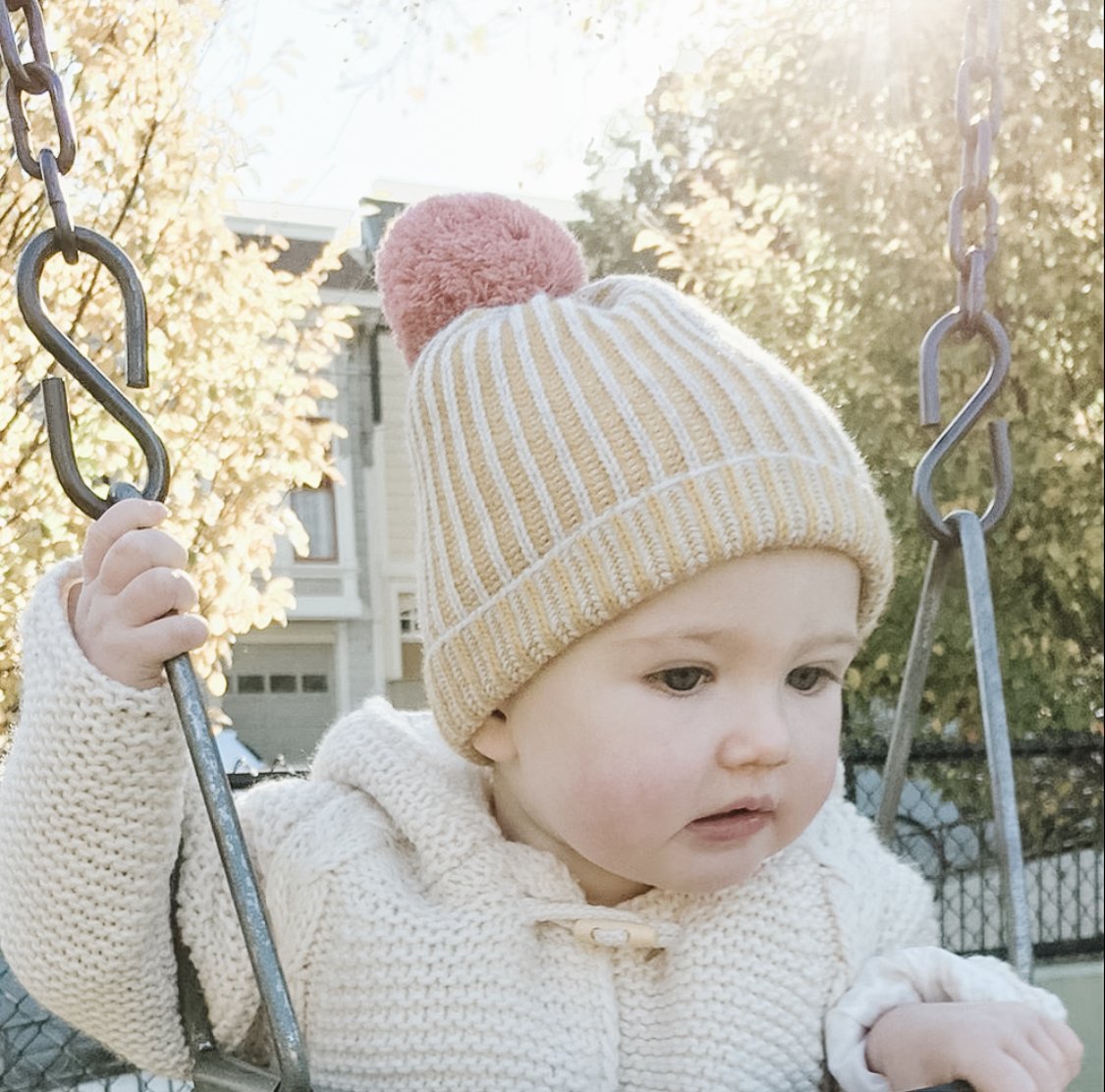Ask the Experts: Art and Creative Expression for Your Child’s Worries
By Kaitlin Van Acker
Try Cognitive Behavioral Therapy Techniques with Art and Creative Expression
CBT is a form of psychotherapy used to help individuals understand how their thoughts impact their feelings, and their feelings influence their behaviors.
Combining CBT + Art Therapy: Children love art and it can be a beneficial calming strategy for their nervous system. This is a great way to discuss worries in a safe and creative way.
Worry Cave
This is a place where children can safely verbalize their fears, worries, concerns (e.g. I’m afraid to go to a new camp, I’m worried other kids will make fun of me at the talent show)
The child can build a cave out of model magic or clay and let dry
Child writes down worries on post its, and tucks them into the cave to get the worries out!
Younger children will need assistance with writing. Older children may want to do this in private or keep it in their bedroom.
Worry Jar
This is a simpler version - find a mason jar
A child can decorate it
Then put worries on posts its or paper - the child can always add to it!
Similar to the idea of worry dolls, the jar or cave holds the worries for the child so they don’t have to. It can feel good to name them and get them out
Or a child can draw them on this worksheet or at home on a piece of paper
NOTE: Both of these activities are more so for older children, ages 6-8**
image @musthavemom
Courage Ladder
For a child who struggles with anxiety, facing their fears is a scary and overwhelming thought. A courage ladder breaks down a goal into actionable steps and involves exposure therapy (evidenced-based way to tackle fears!). The child feels a sense of mastery and success when they complete each step! For an anxious child, it can help build their confidence and self-esteem as they tackle each step!
You can make it out of a birdcage ladder and the child put together the steps of the ladder (writing on post its) with the goal at the top!
Begin with setting a goal - e.g. what is something your child wants to do, but anxiety gets in the way? This should be a specific situation or goal the child can target or work on. For example, “I want to get over my fear of needles”
Brainstorm steps with your child and write on post its, going from easiest to hardest steps -
Step 1 - draw needle
Step 2- read books about shots, needles, children going to the doctors office
Step 3 - child gives stuffed animal a pretend shot
Step 4 - survey other people who are afraid of shots and ask what helped them?
Step 4 - do a drive-by of the doctor's office with the child
Step 5 - once at appointment for shot, help the child to identify their “garden of resources” (closing eyes and visualizing happy place, squeezing parent’s hand, bringing comfort object, saying mantra, etc)
Step 6 - Get shot and celebrate!
Create a Worry Monster:
Name it to Tame it - Externalize worry by making it into a worry monster so it’s not the child with the worries.
Step 1 - Give the worry monster a name (silly even better!?)
Step 2 - Brainstorm and Describe it:
“What color is it?”
“What does it smell like?”
“What does it say to you?”
“What can you say back to it to quiet it?”
“Where is it on your body?”
Step 3 - Child Makes Worry Monster:
Child draw worry monster
Or make it out of model magic or clay
Step 4 - Talk back to it:
When a child hears the worry monster talking worries in their mind, invite them to close their eyes and shrink it by talking back to it! This gives children a sense of power over their worries. It also helps children challenge negative thinking and negative self-talk. And replace that with positive self-talk! For example, “Take a hike or go away Worry Monster, I am strong and I can do this!”
Read more here: Ways to Help Children With Anxiety
Kaitlin Van Acker is a Licensed Marriage, Family, and Child Therapist trained in the Cognitive Behavioral Therapy approach. Through a career as an Elementary School Counselor and a private practice, Kaitlin worked with a wide range of children and families. She ran “Courage Groups” for children with OCD and worked with parents of children who suffered from anxiety. Kaitlin combined art therapy with the CBT approach. She currently resides in Marin County with her husband and three young children who attend an AMI Montessori school.






